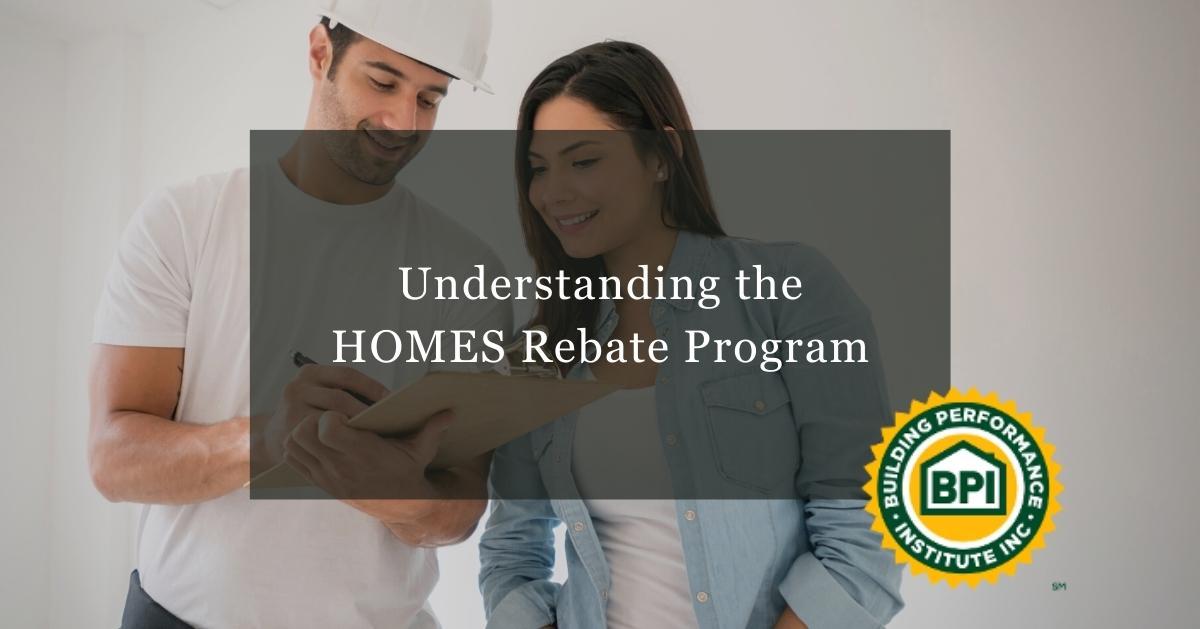
Winter is a time when many people discover issues with their homes and make plans for upgrades in the coming year. Your home goals for 2023 might include: addressing comfort problems in certain rooms, lowering heating and cooling costs, resolving indoor air quality issues, reducing carbon pollution, or increasing your energy independence. The Inflation Reduction Act offers exciting new ways to make these upgrades more affordable, including the HOMES rebate program.
The Home Energy Performance-Based, Whole House Rebates (HOMES Rebates) provide rebate incentives for energy efficiency retrofits. HOMES rebates specify the whole-house approach, which has been advocated by BPI since 1993. It includes improvements such as air sealing, insulation, and ventilation measures.
An energy efficiency retrofit means making improvements to an existing home to reduce its energy usage and improve performance. A comprehensive retrofit can make large reductions in home energy use.
How It Works
The HOMES rebate funding is tied to retrofit performance. This means that participating contractors must measure how much energy will be saved by the upgrades they make to your home. You get a greater reduction in price when the retrofit yields greater thresholds of energy savings. This model incentivizes contractors to do the best work possible and helps customers feel confident in the results.
The HOMES rebate amounts are substantial. Up to $2,000 is available when a retrofit reduces energy use by 20 percent or more, and up to $4,000 when 35% reduction or more is achieved.
HOMES for Low-and Moderate-income households
Most exciting of all, HOMES rebates are specifically crafted to support low- and moderate-income households. The maximum amounts are doubled for these households, who make less than 80% of area median income. This means that a low- or moderate- income family could receive rebates of up to $8,000!
Many moderate-income families may not realize their household income falls into this category. Check here to learn more about your area median income to see if your energy efficiency retrofit might qualify for doubled rebates.
How to Access HOMES Rebates
While details on how to implement HOMES funding are still being decided, accessing rebates will be easy for homeowners. Funding will be administered by the state through the contractor. This means they handle the paperwork. Once your state decides on its rules, enrolled contractors will begin marketing to let customers know they are participating.
As a homeowner, all you will need to do is engage a participating contractor and agree to a scope of work for qualifying upgrades. You will pay a reduced price to the contractor for qualifying work completed.
Stay Tuned for More Information
HOMES rebates are a historic opportunity for Americans to make their homes more healthy and comfortable, reduce carbon pollution, and lower utility bills. Implementation rules are still being decided, and funding is expected to become available by the middle of 2023. Stay tuned for further news on how to access funding!
Click here to learn more about the Inflation Reduction Act in general and here to learn more about how a tax credit funded by the IRA can also help to make a difference in your home.

